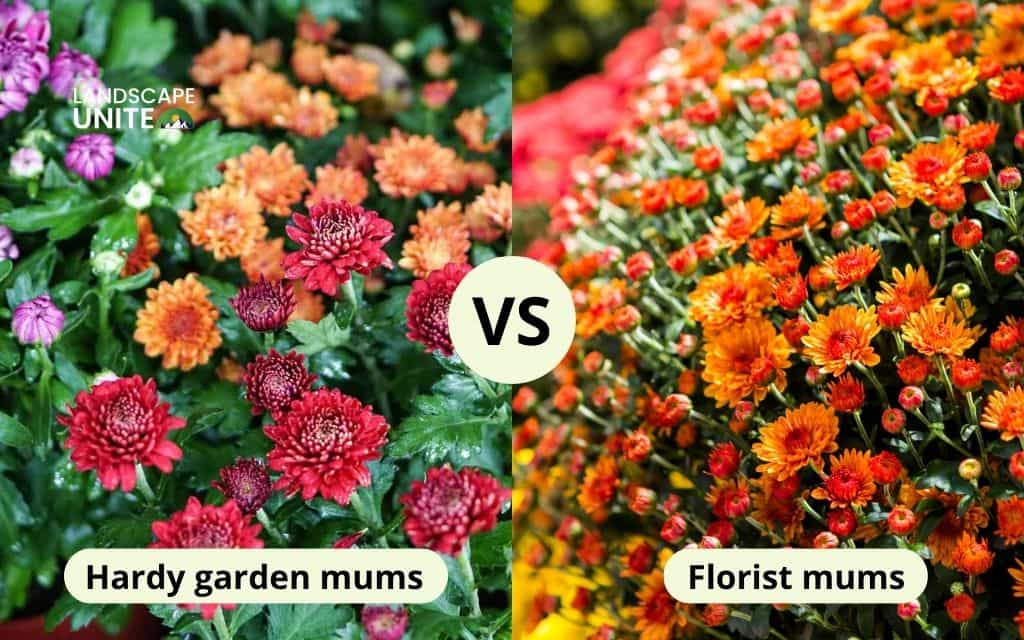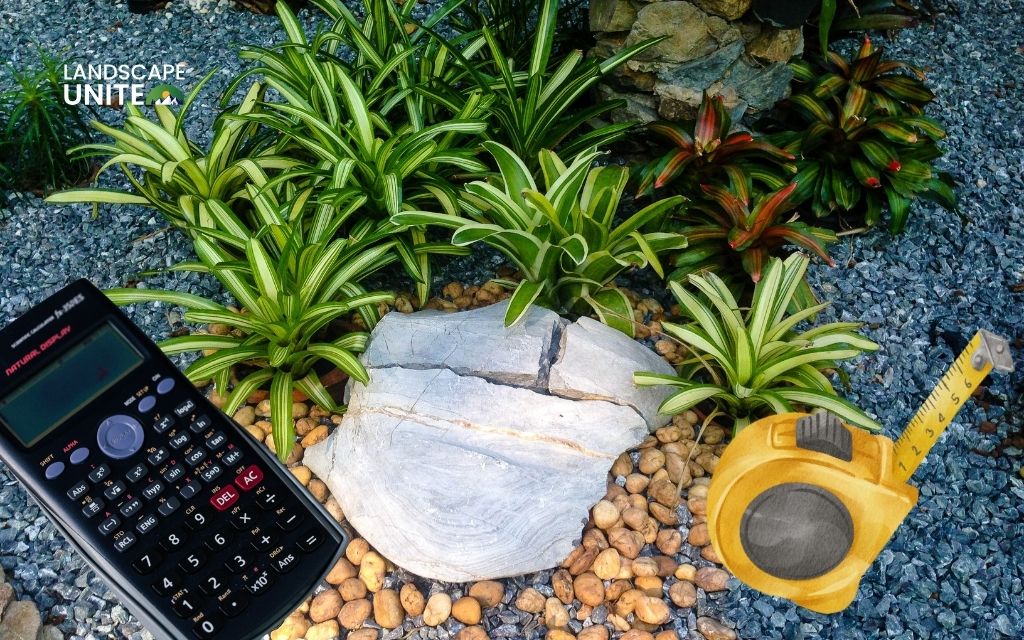Picture this: while your neighbor’s garden fades into brown and beige, your yard explodes with golden yellows, deep burgundies, and vibrant oranges that last well into November. What’s the secret? Well-designed mum flower beds that deliver both immediate wow factor and lasting landscape value.
But here’s where many gardeners get tripped up. You grab those gorgeous potted mums from the garden center in September, plant them with high hopes, and by next spring? Gone. Sound familiar? The difference between mums that disappear after one season and those that return stronger each year comes down to understanding what you’re actually planting.
This comprehensive guide reveals the professional secrets for creating flower beds with mums that not only dazzle this fall but establish themselves as reliable perennial performers. Whether you’re planning your first autumn display or looking to elevate your existing landscape, you’ll discover exactly how to achieve gardening success that compounds year after year.
Understanding mum varieties for successful flower beds
Hardy garden mums vs. florist mums: The critical difference
Garden centers stock two fundamentally different types of chrysanthemums, and mixing them up is why most mums don’t return.
Florist mums are bred for stunning blooms but lack hardiness genes for winter survival. They’re gorgeous temporary displays, not long-term investments.
Hardy garden mums are bred specifically for landscape survival, withstanding temperatures down to -30°F when properly mulched. These return reliably season after season.
How to tell them apart:
- Hardy mums: deeply notched, wider leaves; spreading, bushy growth
- Florist mums: thin, strap-like leaves; compact, dome-shaped form
- Always choose varieties labeled “hardy,” “perennial,” or marked for zones 4-9

Best hardy mum varieties for perennial flower beds
Korean varieties (most hardy):
- Clara Curtis: single-petaled pink blooms
- Sheffield Pink: coral-toned flowers
- Ryan’s Pink: deeper rose hues
Cushion types (classic mounded shapes):
- Autumn Fire: rich russet and orange
- Bolero: deep burgundy
- Matchstick Yellow: pure golden blooms
Decorative forms (unique petal arrangements):
- Hillside Pink Sheffield: semi-double blooms
- Mary Stoker: apricot fading to cream
Select varieties rated for your hardiness zone. Zones 5-6 have widest selection. Zone 4 gardeners should stick with Korean varieties.
Designing your mum flower bed layout
Professional spacing and arrangement principles
Hardy mums can spread 24-36 inches wide within 2-3 seasons. Proper spacing prevents disease and allows natural growth.
Key spacing rules:
- Plant 18-24 inches apart (center to center)
- May look sparse initially but fills in beautifully by second season
- Ensures air circulation to prevent powdery mildew
Design tips:
- Use color wheel: complementary schemes (oranges with purples) or analogous schemes (yellows to oranges to russets)
- Vary heights: taller varieties (18-24″) in back, mid-height (12-18″) in middle, lower-growing (10-14″) in front
- Mix bloom times: early (late August), mid-season (September-October), late (November) varieties for extended color

Companion planting for maximum impact
- Ornamental grasses: Fountain grass and miscanthus add movement and texture while providing winter interest
- Fall perennials: Asters and sedums extend bloom time with complementary colors
- Structural plants: Boxwood and dwarf conifers provide year-round form when mums aren’t blooming
- Spring bulbs: Daffodils and alliums planted between mums create early-season interest
Soil preparation and planting techniques
Essential soil requirements
Drainage is non-negotiable. Mums in garden beds cannot tolerate wet feet.
For heavy clay soil:
- Add 3-4 inches coarse sand or perlite
- Create raised beds (even 4-6 inches elevation helps)
- Incorporate 2-3 inches compost into top 12 inches
pH requirements: 6.0-7.0 (test soil and adjust with lime or sulfur as needed)
Fertilization schedule:
- Spring (early April): balanced 10-10-10
- Mid-summer (early July): 5-10-5 for bud development
- Stop fertilizing after late August
Optimal planting timing
Spring planting (late April-May): Best for perennial success
- Gives 5-6 months for root establishment before winter
- Won’t bloom much first year but produces 2-3x more blooms in year two
- Recommended for zones 4-6
Fall planting (late August-mid September): Immediate gratification but lower survival rates
- Must plant at least 6 weeks before first hard frost
- October planting has less than 50% survival rate
- Better for zones 7-9
Year-round mum flower bed maintenance

Seasonal care calendar
Spring (March-May):
- Divide established clumps when shoots are 2-3 inches tall
- Apply balanced fertilizer
- Begin pinching when shoots reach 6 inches
Summer (June-August):
- Continue pinching every 2-3 weeks until early-mid July
- Water 1 inch per week
- Mulch with 2-3 inches organic material
Fall (September-November):
- Enjoy blooms
- Deadhead for extended flowering
- Leave dead stems after first hard frost
Winter (December-February):
- Apply 4-6 inches loose mulch after ground freezes
- Use pine needles, straw, or shredded leaves
- Prune in late fall or wait until early spring
Critical winter protection
Mulching after ground freezes:
- Prevents freeze-thaw cycles that kill plants
- Use loose materials that allow air circulation
- Apply 4-6 inches for zones 4-5, 4 inches for zones 6-7, 2-3 inches for zones 8-9
Drainage is crucial: Standing water during winter causes more death than cold temperatures
Troubleshooting common challenges
Preventing powdery mildew
- Proper 18-24 inch spacing ensures air circulation
- Water at soil level, not overhead
- Avoid evening watering
Managing aphids
- Plant companions like dill and fennel to attract beneficial insects
- Use strong water sprays to dislodge pests
- Apply insecticidal soap for severe infestations
For persistent pest or disease problems, consult professionals at Mile High Lifescape for integrated management approaches.
Extending bloom time
- Select early, mid, and late-season varieties
- Deadhead spent blooms while weather stays mild
- Integrate spring bulbs and summer perennials for year-round interest
FAQs about mum flower beds
Can I plant store-bought mums in September and expect them to return next year?
Fall-planted mums have lower survival rates. For best results, plant hardy garden mums in spring (April-May), giving them a full season to establish roots. Fall planting requires installation at least six weeks before first frost. Contact Mile High Lifescape for professional guidance.
How do I tell if my mums are hardy perennial varieties or annual florist types?
Hardy mums have deeply notched, wider leaves and spreading growth. Florist mums have thin, strap-like leaves and compact, dome shapes. Check tags for “hardy,” “perennial,” or zone 4-9 ratings.
What’s the ideal spacing between mums in a flower bed design?
Space hardy mums 18-24 inches apart to prevent disease and accommodate mature spread of 24-36 inches when established as perennials.
Should I cut back my mums after they finish blooming in fall?
Cut stems to 1-2 inches after first hard frost, then apply 3-4 inches of loose mulch. Alternatively, leave stems through winter for natural insulation and prune in early spring.
What companion plants work best with mums for extended seasonal interest?
Ornamental grasses, asters, sedums, boxwood, and spring bulbs create year-round interest with varying bloom times and textures.
Transform your landscape with professional mum flower beds
Creating exceptional mum flower beds requires understanding hardy vs. florist varieties, proper spacing, well-draining soil, and year-round maintenance. The reward? Landscapes that deliver increasing autumn color year after year.
Start now:
- Select hardy varieties for your zone
- Prepare well-draining beds
- Plant in spring for best perennial success
- Follow seasonal care calendar for long-term results
Landscape Unite provides expert gardening and landscape design guidance to help you create beautiful, sustainable outdoor spaces. For personalized professional services, connect with Mile High Lifescape.
Subscribe to the Landscape Unite blog for regular tips for garden, seasonal guides, and expert techniques. Discover new posts covering soil science, companion planting, and problem-solving for common challenges. Your dream landscape starts with knowledge!


